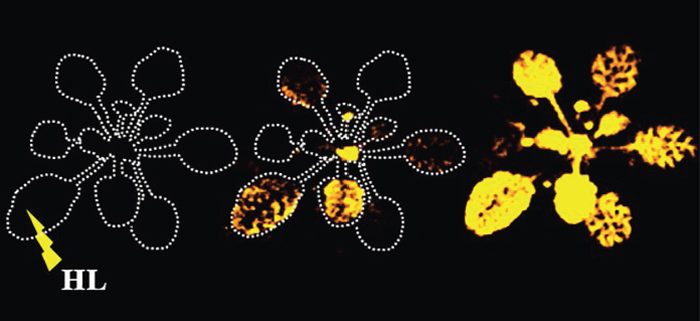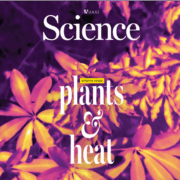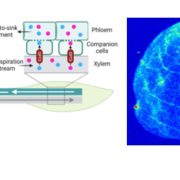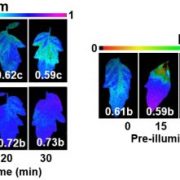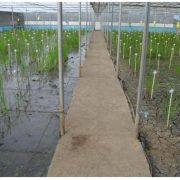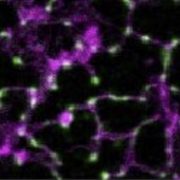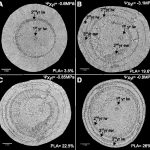Mapping the Routes of Systemic Signaling in Arabidopsis
By Sara I Zandalinas and Ron Mittler
University of Missouri, Columbia, MO, USA
Background: Plants constantly sense and respond to changes in their environment. These responses are not restricted to the specific parts of the plant that experience the change, but quickly spread to the rest of the plant, generating a systemic plant-wide response that enables plants to survive an upcoming change in their immediate environment. This process is in part dependent on a wave of reactive oxygen species (ROS) that starts at the part of the plant exposed to the change and spreads to the entire plant via a cell-to-cell process that involves the activation of a plasma membrane protein termed RESPIRATORY BURST OXIDASE PROTEIN D (RBOHD), a key player in mediating rapid systemic ROS responses.
Question: In this work, we wanted to uncover the identity of the plant tissues and cells that transmit systemic ROS signals in Arabidopsis plants subjected to a high light intensity stress applied to a single leaf.
Findings: We found that restoring RBOHD expression solely in xylem parenchyma or phloem cells of the rbohD mutant is sufficient to bring back systemic whole-plant ROS signaling, systemic stress-response transcript expression and systemic acclimation in response to a high light stimulus applied to a single leaf. We further demonstrate that RBOHD and RBOHF are both required for ROS signaling at the vascular bundles of Arabidopsis plants. Taken together, our findings highlight a key role for RBOHD-driven ROS production at the vascular bundles of Arabidopsis in mediating light stress-induced systemic signaling and systemic acclimation. In addition, they suggest that the integration of ROS, calcium, electric and hydraulic signals during systemic signaling occurs at the vascular bundles.
Next steps: Future studies using different tissue-specific promoters to drive RBOHF expression in different tissues of the rbohF mutant are likely to refine our understanding of RBOHF function in mediating the ROS wave. In addition, RBOHD-driven ROS production in other plant tissues could restore the systemic response of plants subjected to other types of stress.


